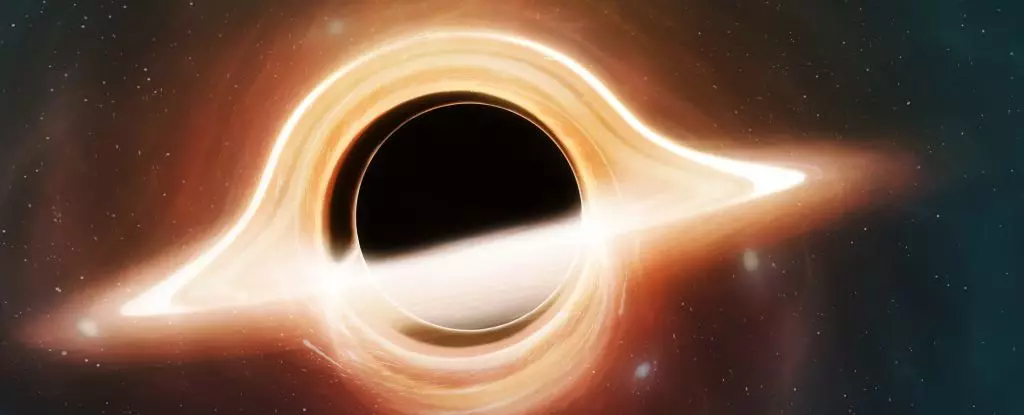Recent discoveries in the field of astronomy have shed light on the existence of intermediate mass black holes, particularly one located near the center of our galaxy. This finding has opened up new avenues for understanding the growth and evolution of black holes, bridging the gap between stellar-range masses and supermassive monsters.
A cluster of stars known as IRS 13, found near the galactic center, has been identified as a potential host for an intermediate mass black hole. The unusual way in which stars within this cluster swarm and orbit indicates the presence of a black hole that falls within the middleweight mass range. This discovery is significant as intermediate mass black holes are exceedingly rare.
Located just 0.1 light-years from the supermassive black hole at the Milky Way’s core, Sagittarius A* (Sgr A*), IRS 13 serves as a crucial building block in the ongoing growth and evolution of the galactic center. This close proximity hints at a symbiotic relationship between the two black holes, providing insights into the mechanisms that drive the growth of supermassive black holes.
Black holes are known to be the final stage in the life cycle of massive stars. However, the observed mass ranges of black holes pose a puzzling dilemma. While stellar-mass black holes are formed from the remnants of massive stars, and supermassive black holes range in size from millions to billions of solar masses, the intermediate mass range remains sparsely populated.
Astronomers led by astrophysicist Florian Peißker from the University of Cologne in Germany delved into the mysteries of IRS 13. Initially thought to be a single massive star, the cluster was later identified as a small group of stars, still shrouded in mystery. By studying the motion of stars and gas clumps within IRS 13, the team was able to identify the presence of a dense object at the center, weighing approximately 30,000 solar masses.
The discovery of an intermediate mass black hole within IRS 13 marks a significant advancement in our understanding of black hole evolution. This enigmatic object holds the key to unraveling the mysteries surrounding the growth of black holes, providing valuable clues about the transition from small black holes to supermassive giants.
The detection of an intermediate mass black hole near the galactic center represents a pivotal moment in the field of astronomy. The insights gained from studying IRS 13 and its implications for black hole evolution have opened up new avenues for further research and exploration into the mysterious realm of black holes.


Leave a Reply